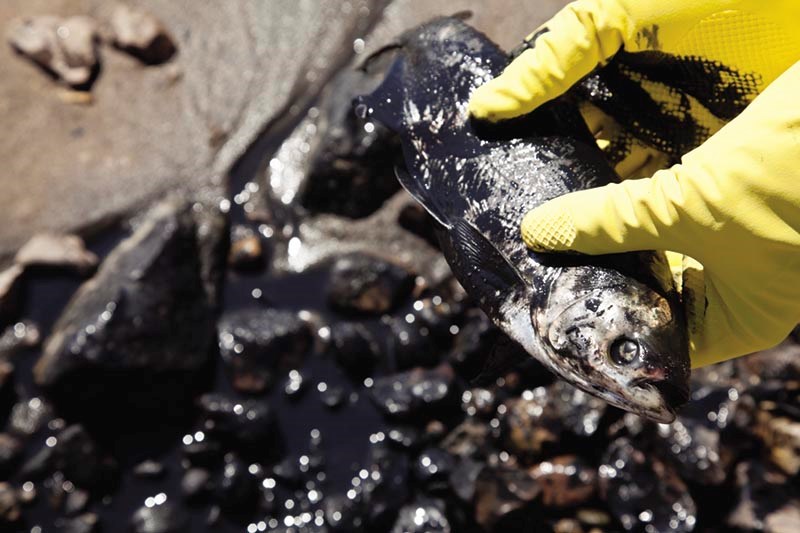George Mathewson
As an occasional boater who enjoys the St. Clair River I’ve long been curious about the “Do Not Anchor” signs on shore.
The signs are posted at various spots on both sides of the river, and their evident purpose is to prevent an anchor dragging behind a freighter or pleasure boat from hooking on an underwater pipeline, possibly causing it to rupture.
I thought of those signs recently when the U.S. Coast Guard acknowledged that neither the U.S. nor Canada is adequately equipped or prepared to deal with a heavy oil spill in the Great Lakes.
Everyone involved in spill response is trying to come up with a plan to address the risk, but they aren’t there yet, according to Rear Admiral Fred Midgette.
Responders “are not capable of responding to heavy oil spills, particularly in open-water scenarios,” Midgette was quoted as saying in The Detroit Free Press.
That’s pretty scary.
The pipelines crisscrossing the river near Sarnia make this one of the most vulnerable anywhere on the lakes, along with the Straits of Mackinac and Niagara Falls, according to a 2013 U.S. Coast Guard study.
Pipelines, of course, are the lifeblood of local industry and an integral part of our economy. We scarcely give them a thought until something goes wrong.
Which is what happened in 2009 when an Enbridge pipeline between Sarnia and Griffith, Ind. ruptured, spilling about 800,000 gallons of diluted bitumen into the Kalamazoo River near Marshall, Michigan.
The sludgy oil sank to the bottom and combined with the river sediment, creating a miserable mess.
That cleanup has cost Enbridge more than $1 billion so far, and it’s still going on four years later.
Sarnians may also recall that shortly after the spill Enbridge found what it called a “dent” in the very same pipeline under the St. Clair River.
The Calgary-based company quickly assembled a new section of 30-inch pipeline on our side and pulled it through a hole bored to the U.S., this time prudently placing it beneath the bed of the river.
But dozens of other pipelines cross the river carrying a variety of products. With heavy oil, the problem is it sinks below the surface, rendering the booms and skimmers used in traditional spill recoveries ineffective.
Last year’s U.S. Coast Guard report noted: “Responses to recent higher profile submerged oil spills have shown responders have almost no capability in detection and recovery.”
It goes without saying a major spill of heavy oil in the river would be disastrous for fish and wildlife, not to mention the multibillion tourism and recreational boating industries.
Until a comprehensive plan is in place, however, there’s little we can do but hope like hell - and leave our anchors in the boat.
